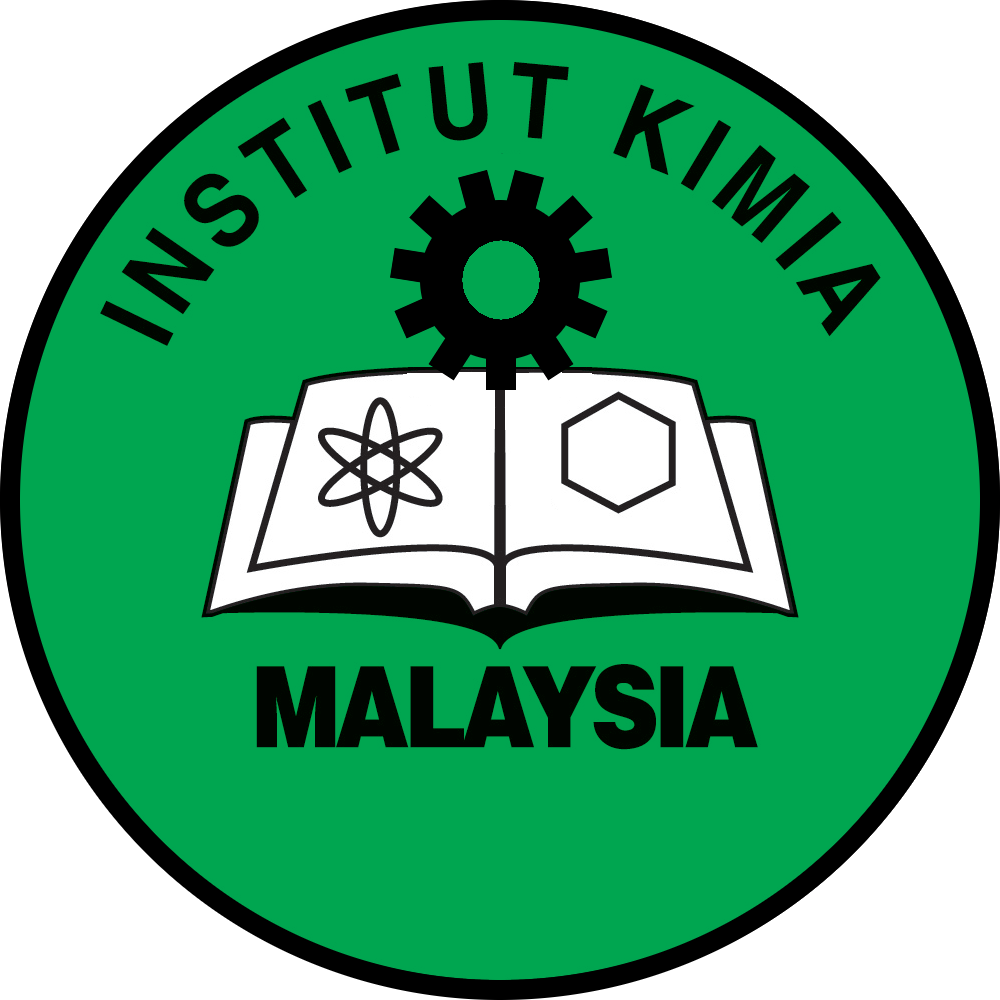Molecular Docking Analysis of Phytochemicals from Polygonum Minus against SARS-CoV-2
DOI: https://doi.org/10.55373/mjchem.v27i3.84
Keywords: SARS-CoV-2; Polygonum minus; molecular docking; antiviral
Abstract
The COVID-19 pandemic emerged when the novel coronavirus, officially named Severe Acute Respiratory Syndrome Coronavirus 2 (SARS-CoV-2), began spreading globally in late 2019. Despite the global scientific community's efforts to develop effective treatments for COVID-19, there remains a critical need for safe, accessible, and productive therapeutics to combat SARS-CoV-2. One approach to investigating alternative treatments involves studying natural compounds that may possess antiviral properties. This study aimed to determine the potential of Polygonum minus as in inhibitor of spike, RdRp, Mpro, and PLpro activities of SARS-CoV-2 using an in-silico approach. Ligands were obtained from the PubChem database. The Lipinski Rule of Five and pharmacokinetic properties were evaluated using SwissADME prediction tool. Antiviral probability was estimated using the PASS Online website. Molecular docking and screening were performed using PyRx, and Biovia Discovery Studio was used for visualization. The bioactive compounds with the best antiviral potential exhibited the lowest docking scores or highest affinity to the target proteins, including spike, RdRp, Mpro, and PLpro of SARS-CoV-2. Paxlovid and Remdesivir were used as positive controls for treating SARS-CoV-2 infection. The results indicate that quercetin, isorhamnetin, and kaempferol from Polygonum minus, show strong potential as antiviral agents against SARS-CoV-2 due to their low docking scores. Among these ligands, quercetin, and kaempferol have docking scores lower than control Paxlovid, highlighting their promising antiviral potential. Therefore, these compounds could be further screened via in vitro tests against SARS-CoV-2, and the findings could be further validated in an appropriate animal model and, hopefully, developed through subsequent clinical trials to provide additional therapeutic options for patients with COVID-19.
